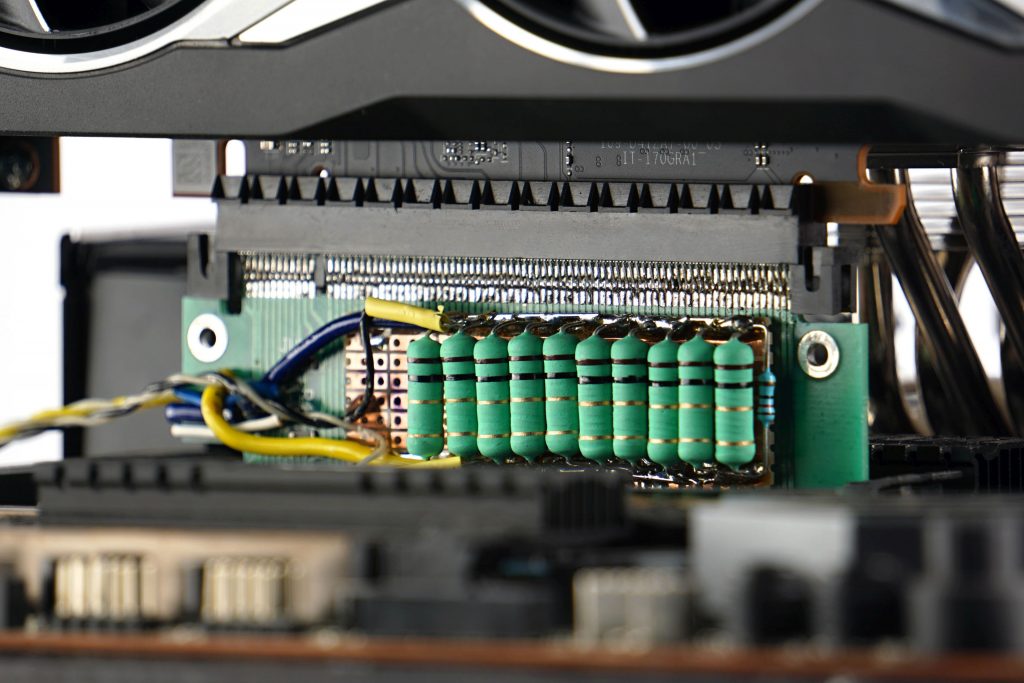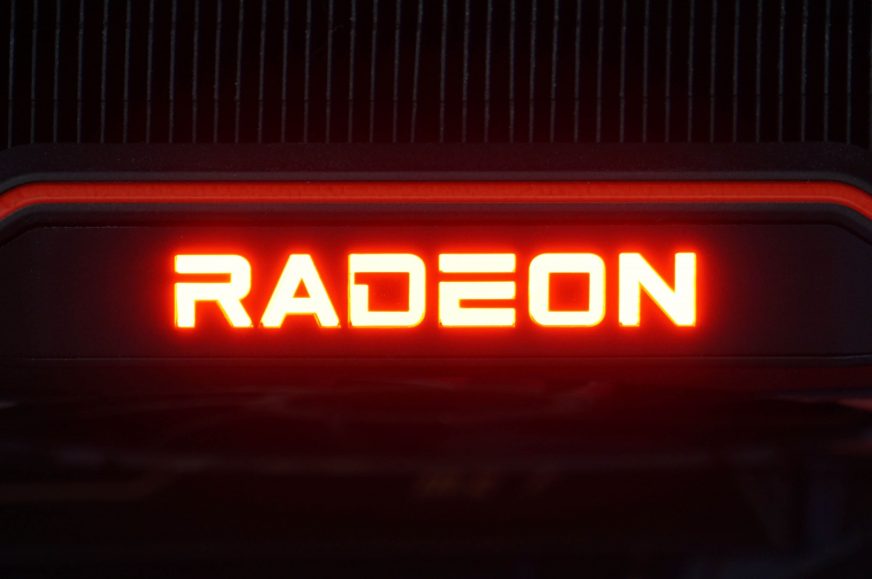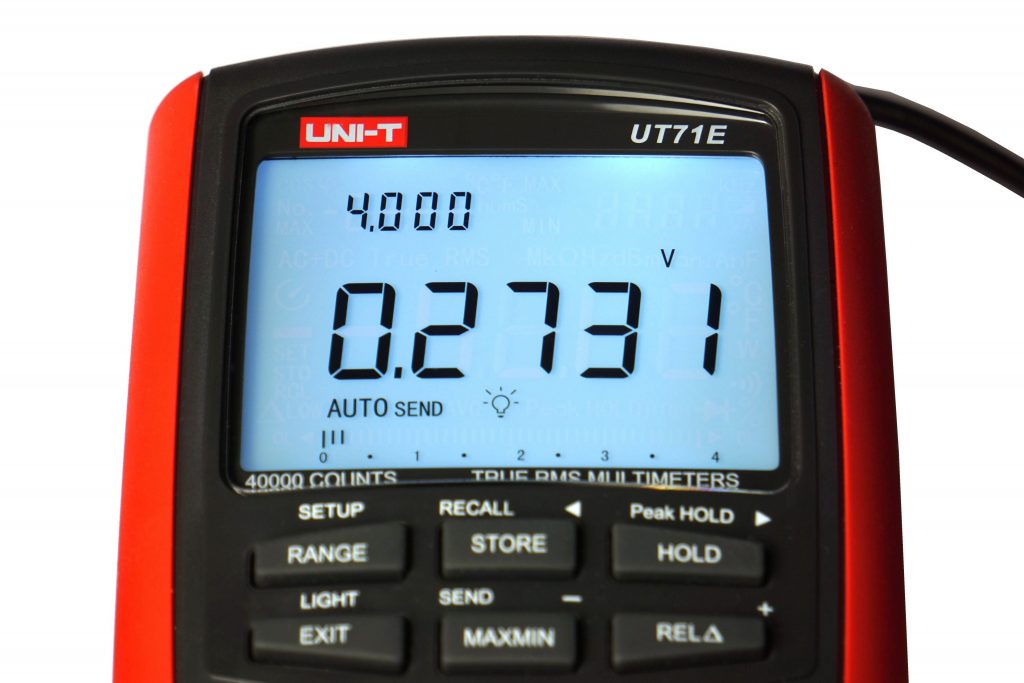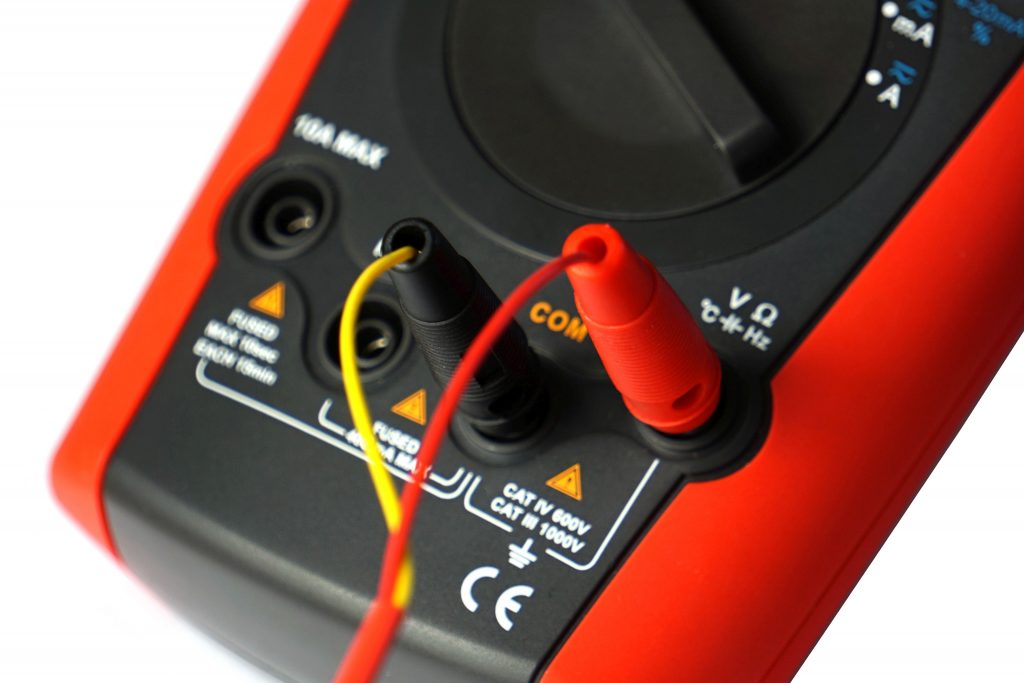Methodology: how we measure power draw
We still have the Smart Access Memory turned off in the standard graphics card methodology (until there is support for GeForce as well). However, for AMD owners, SAM can be very beneficial, but on average you get a plus 5%. But also lower noise, which decreases remarkably. But in some areas AMD’s exclusive technology is also damaging. So be vigilant and broaden your horizons in a test in which we gave Radeon a hard time.
Methodology: how we measure power draw
We have been tuning the method of measuring power draw for quite a long time and we will also be tuning it for some time. But we already have gimmicks that we can work with happily.
To get the exact value of the total power draw of the graphics card, it is necessary to map the internal power draw on the PCI Express slot and the external one on the additional power supply. For the analysis of the PCIe slot, it was necessary to construct an in-between card on which the power draw measurement takes place. Its basis is resistors calibrated to the exact value (0.1 Ω) and according to the amount of their voltage drop we can calculate the current. We then substitute it into the formula for the corresponding value of the output voltage ~ 12 V and ~ 3.3 V. The voltage drop is so low that it doesn’t make the VRM of the graphics card unstable and the output is still more than 12/3.3 V.

We are also working on a similar device for external power supply. However, significantly higher currents are achieved there, longer cabling and more passages between connectors are necessary, which means that the voltage drop will have to be read on an even smaller resistance of 0.01 Ω, the current state (with 0.1 Ω) is unstable for now. Until we fine-tune it, we will use Prova 15 current clamp for cable measurements, which also measures with good accuracy, they just have a range of up to 30 A. But that is also enough for the OC version of the RTX 3090 Gaming X Trio. If a card is over the range, it is always possible to split the consumption measurement (first into one half and then into the other half of the 12 V conductors).
And why bother with such devices at all when Nvidia has a PCAT power draw analyzer? For complete control over the measurements. While our devices are transparent, the Nvidia’s tool uses the processor that can (but of course does not have to) affect the measurements. After testing the AMD graphics card on the Nvidia’s tool, we probably wouldn’t sleep well.
To read and record measurements, we use a properly calibrated multimeter UNI-T UT71E, which exports samples to XLS. From it we obtain the average value and by substituting into the formula with the exact value of the sub-circuit output voltages we obtain the data for the graphs.
We will analyze the line graphs with the waveforms for each part of the power supply separately. Although the 3.3 V value is usually negligible, it needs to be monitored. It is difficult to say what exactly this branch powers, but usually the consumption on it is constant and when it changes only with regard to whether a static or dynamic image is rendered. We will measure the consumption in this article in a demanding game (Shadow of the Tomb Raider) and less demanding (CS:GO) with the highest graphic settings and UHD resolution (3840 × 2560 px) and out of load on the idle Windows 10 desktop. But measurements from work environment, which is well presented by LuxMark, will also be added, and in less power-thirsty 4K@60 fps video (Jellyfish) decoding modes with a data rate of 60 Mbps in online format VP9 (Google Chrome) and HEVC (VLC). And you might also be interested in how much the power draw will increase when you connect a second high-resolution monitor? 🙂
- Contents
- Methodology: performance tests
- Methodology: how we measure power draw
- Methodology: noise and sound measurement
- Methodology: heat tests
- Test rig
- 3DMark
- Age of Empires II: DE
- Assassin’s Creed: Valhalla
- Battlefield V
- Battlefield V with DXR
- Borderlands 3
- Control
- Control with DXR and DLSS
- Counter Strike: GO
- Cyberpunk 2077
- Cyberpunk 2077 with FidelityFX CAS
- DOOM Eternal
- F1 2020
- FIFA 21
- Forza Horizon 4
- Mafia: DE
- Metro Exodus
- Metro Exodus with DXR
- Microsoft Flight Simulator
- Red Dead Redemption 2 (Vulkan)
- Red Dead Redemption 2 (Dx12)
- Shadow of the Tomb Raider
- Shadow of the Tomb Raider s DXR
- Total War Saga: Troy
- Wasteland 3
- Overall gaming performance and performance per euro
- GPU clock speed
- Heating of the GPU and VRAM
- Net graphics power draw and performance per watt
- Analysis of 12 V sub-circuit power supply
- Analysis of 3.3 V sub-circuit power supply
- Noise level
- Frequency response of sound
- Conclusion












